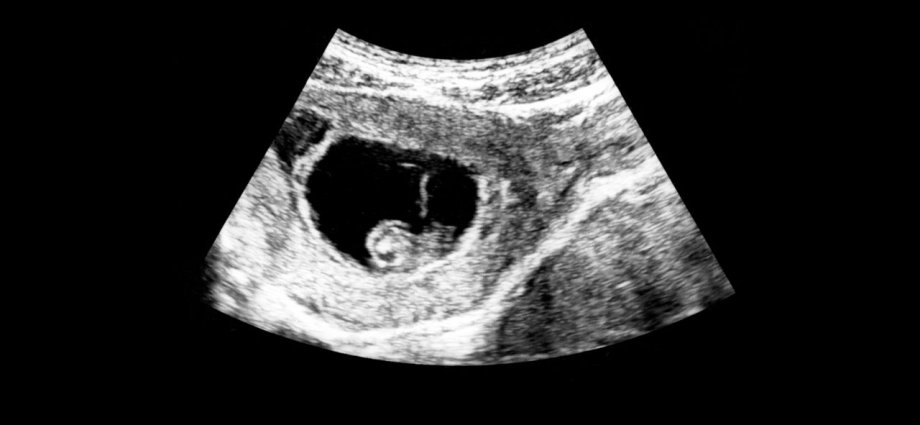Dark matter: our review suggests it’s time to ditch it in favour of a new theory of gravity
The barred spiral galaxy UGC 12158. Wikimedia , CC BY-SA We can model the motions of planets in the Solar System quite accurately using Newton’s laws of physics. But in the early 1970s, scientists noticed that this didn’t work for disc galaxies – stars at their outer edges, far from the gravitational force of all the matter at their centre – were moving much faster than Newton’s theory predicted. This made physicists propose that an invisible substance called “dark matter” was providing extra gravitational pull, causing the stars to speed up – a theory that’s become hugely popular. However, in a recent review my colleagues and I suggest that observations across a vast range of scales are much better explainedContinue Reading



















